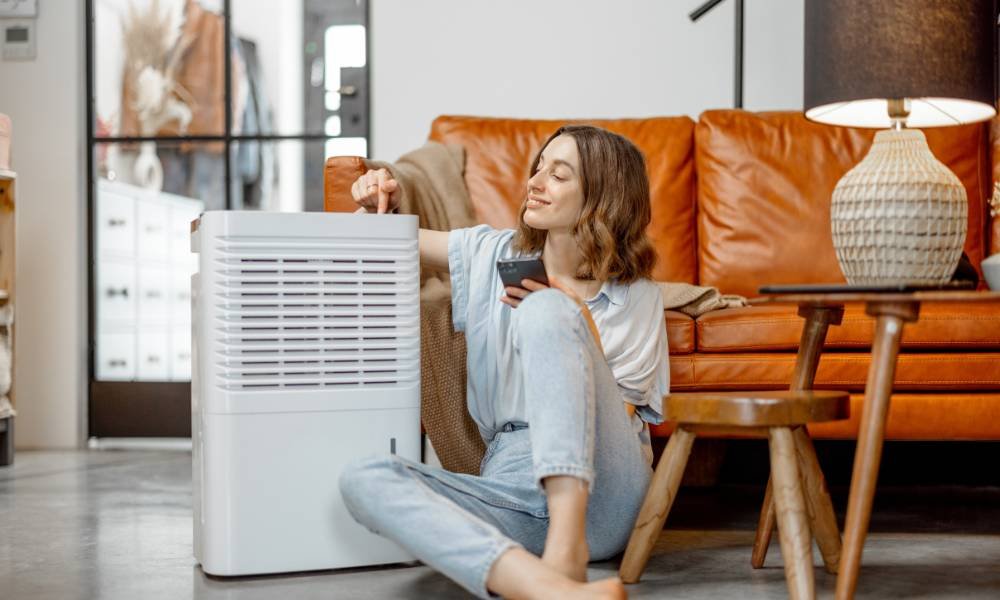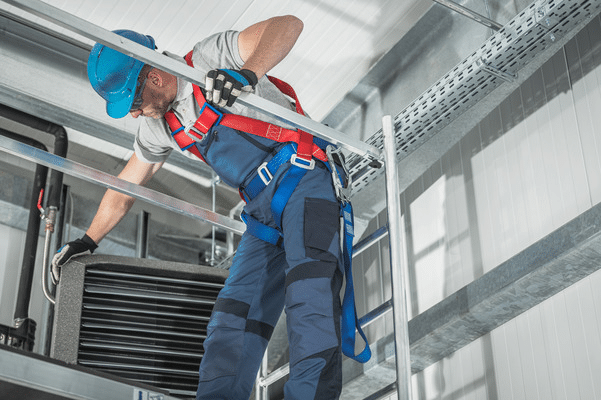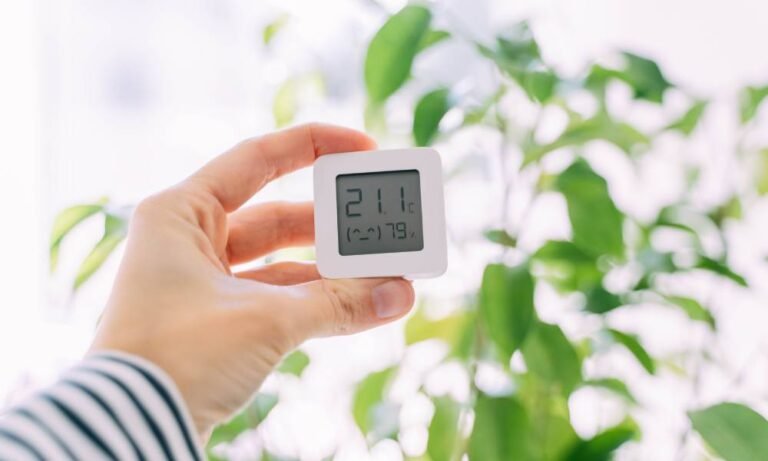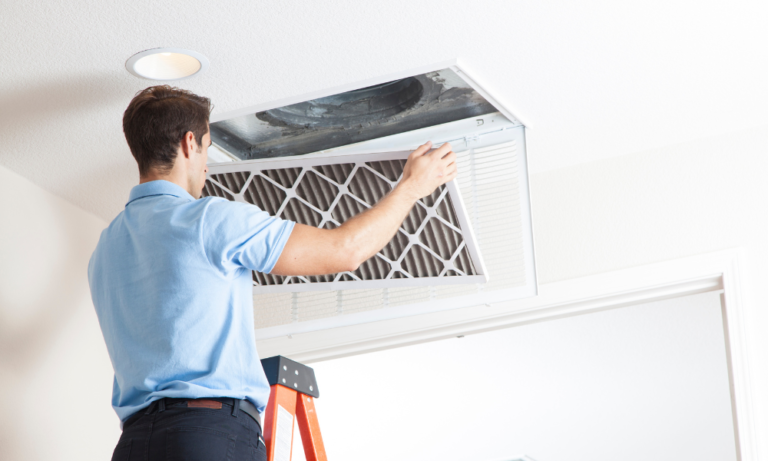Estimated reading time: 5 minutes
Have you ever stopped to think about the air you breathe at home? Many of us focus on outdoor pollution, but what about indoors? Believe it or not, the air inside can sometimes be worse than outside. Thankfully, improving your home environment is easier than you might think.
In this guide, I’ll walk you through practical tips to make your indoor space fresher and healthier. You’ll learn how to:
- Remove harmful pollutants.
- Minimize allergens.
- Create better airflow.
- Use air-cleaning tools effectively.
- Manage moisture levels.
- Maintain heating systems.
- Use plants to refresh your living space.
- Build long-term habits for a healthier home.
Let’s get started—your lungs will thank you!
1. Identify and Remove Pollutants
Pollutants are the first hurdle to creating cleaner indoor spaces. Common culprits like radon, smoke, and volatile organic compounds (VOCs) often linger unnoticed.
What you can do:
- Test for Radon: DIY kits are affordable and easy to use. If radon is present, sealing cracks in your home’s foundation can help.
- Limit Smoking Indoors: Cigarette smoke is a big contributor to poor air indoors. Taking the habit outside—or quitting entirely—is a game-changer.
- Avoid Harsh Products: Cleaning supplies and new furniture often release VOCs. Look for low-VOC alternatives and let new furniture “air out” before bringing it in.
Extra Tip: Use natural cleaning agents like vinegar and baking soda. They’re effective, affordable, and kind to your lungs.
2. Reduce Allergens
Allergens like dust, pet dander, and mold can wreak havoc on your health, especially if you’re prone to allergies or asthma.
How I tackle this:
- Wash Linens Regularly: Hot water kills dust mites, so I clean my bedding every two weeks.
- Use Protective Covers: Hypoallergenic pillow and mattress covers are lifesavers, blocking irritants from settling in.
- Vacuum with a HEPA Filter: Standard vacuums can send allergens back into the air. A HEPA filter traps them where they belong—in the trash.
Pro Tip: If you have pets, brushing them regularly can dramatically reduce dander in the home.
3. Improve Airflow Naturally
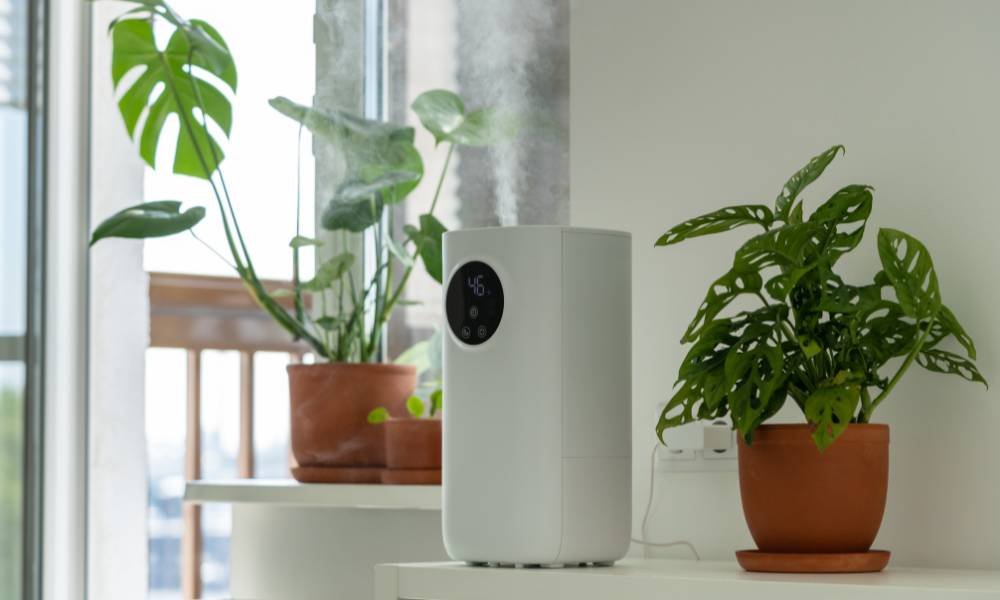
Proper airflow is critical for fresh air, and you don’t need expensive gadgets to make it happen.
My go-to methods:
- Open the Windows: Even just a few minutes of fresh air can help, especially after cooking or cleaning. Be mindful of outdoor conditions like pollen counts.
- Keep Vents and Ducts Clean: Dirty vents are a breeding ground for dust and bacteria. Annual cleaning is a must.
- Change Filters Regularly: HVAC and appliance filters should be replaced every three months to keep air circulating efficiently.
When the weather’s nice, I love opening up windows and letting nature do its thing. It’s simple, free, and effective.
4. Use Air Purifiers Wisely
Air purifiers can be fantastic tools, but only when used correctly.
Best practices:
- Choose the Right Filter: HEPA filters are the gold standard for capturing tiny particles, from pollen to smoke.
- Place Purifiers Strategically: High-traffic areas like the living room or bedroom are ideal spots.
- Replace Filters Often: Dirty filters don’t just stop working—they can actually release trapped particles back into your space.
An air purifier won’t fix everything, but it’s a strong ally in your quest for cleaner indoor spaces.
5. Manage Humidity Levels
Excess moisture is a breeding ground for mold and dust mites, while dry air can irritate your throat and skin.
Here’s how I find balance:
- Use a Dehumidifier in Damp Areas: Basements and bathrooms often need extra help to stay dry.
- Ventilate After Showers: Exhaust fans or open windows can prevent steam from turning into mold.
- Repair Leaks Promptly: Even small drips can lead to major moisture problems over time.
Aiming for a humidity level between 30–50% keeps my home comfortable and healthy year-round.
6. Maintain Heating and Cooling Systems
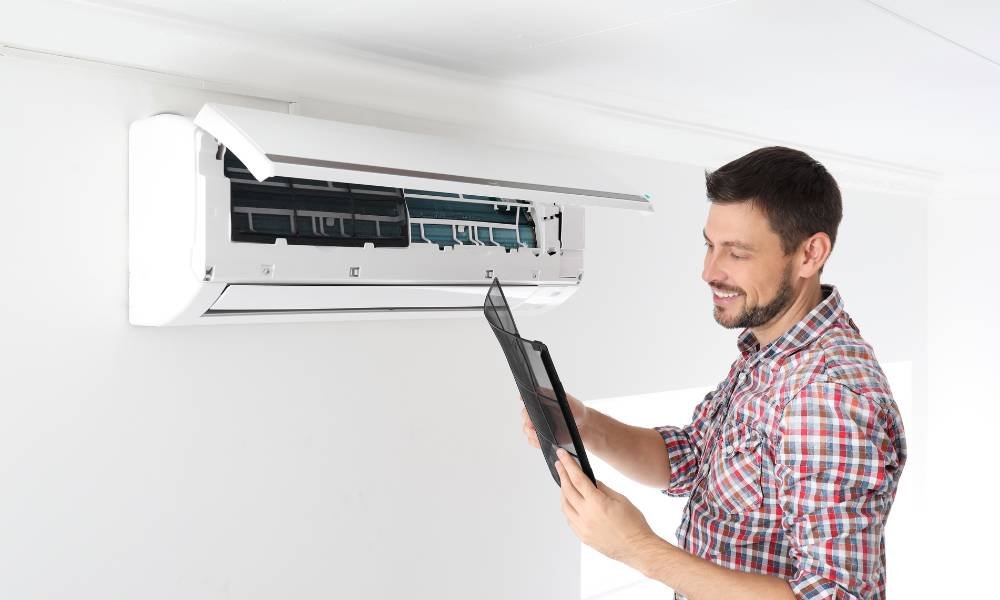
Heating and cooling systems are essential, but they can also affect your air.
What I do:
- Service the Furnace Annually: A professional tune-up ensures everything runs efficiently and safely.
- Upgrade to Cleaner Options: Solar or electric heating systems are cleaner alternatives to wood-burning stoves or older gas furnaces.
- Install a Carbon Monoxide Detector: If you use gas appliances, this small device is a lifesaver—literally.
Modernizing your systems might take some upfront investment, but the benefits to your health and home are well worth it.
7. Add Plants for a Natural Boost
Indoor plants do more than just spruce up a room—they can help clean the air, too.
My favorite options:
- Snake Plants and Peace Lilies: These low-maintenance plants are known for their air-cleansing properties.
- Limit Overwatering: Too much water can lead to mold, which defeats the purpose of having plants.
- Place Plants Strategically: Rooms where you spend the most time (like bedrooms and living rooms) are great spots.
While plants alone won’t solve major air quality issues, they’re a lovely, natural addition to a healthy home.
8. Build Long-Term Habits
Consistency is key when it comes to maintaining a fresher home.
Habits I swear by:
- Dust Weekly: A quick wipe-down with a damp cloth goes a long way.
- No Shoes Indoors: Shoes track dirt, pollen, and chemicals into the house. I keep a designated spot for footwear near the door.
- Inspect for Mold: Check damp areas like under sinks and in basements regularly. Early detection saves time and money.
Small, steady changes have made a world of difference in my home. Cleaner air isn’t a one-time project—it’s a lifestyle.
Final Thoughts
Improving indoor air isn’t complicated, but it does require action. By addressing common pollutants, encouraging airflow, and keeping allergens under control, you can create a healthier environment for you and your family.
Start with one simple change today—maybe it’s opening a window, washing your bedding, or investing in an air purifier. Each step you take brings you closer to a fresher, more comfortable home. And honestly, who doesn’t want to breathe easier?
